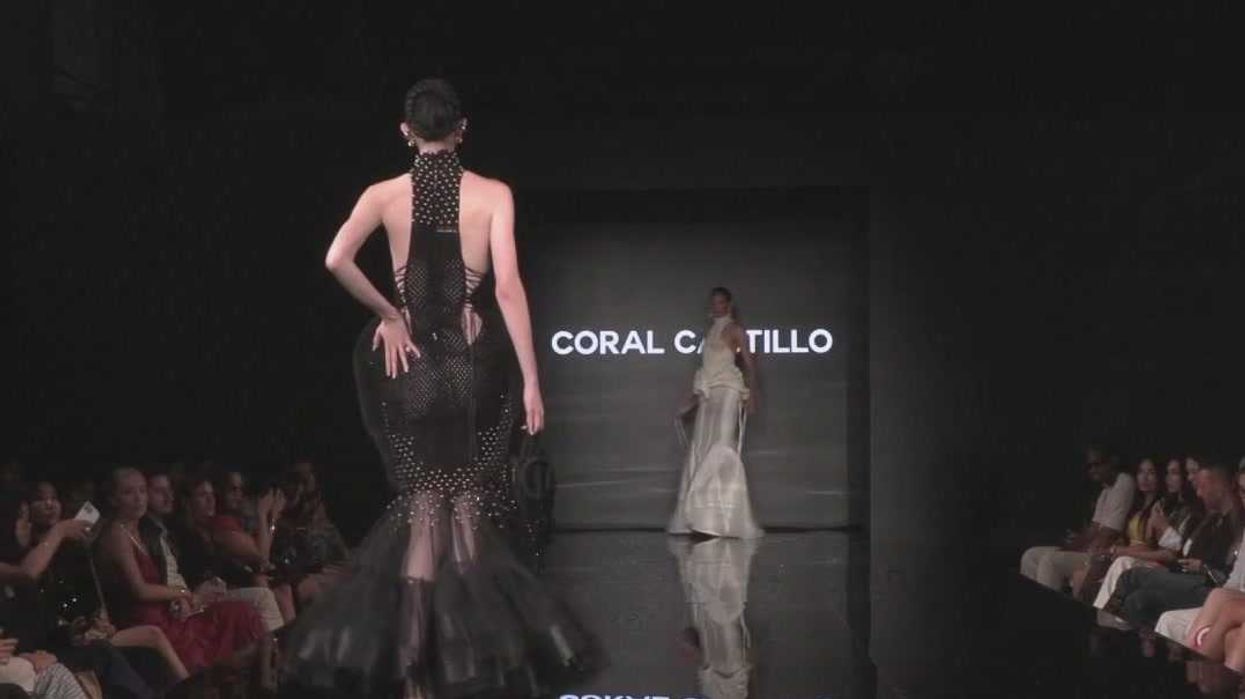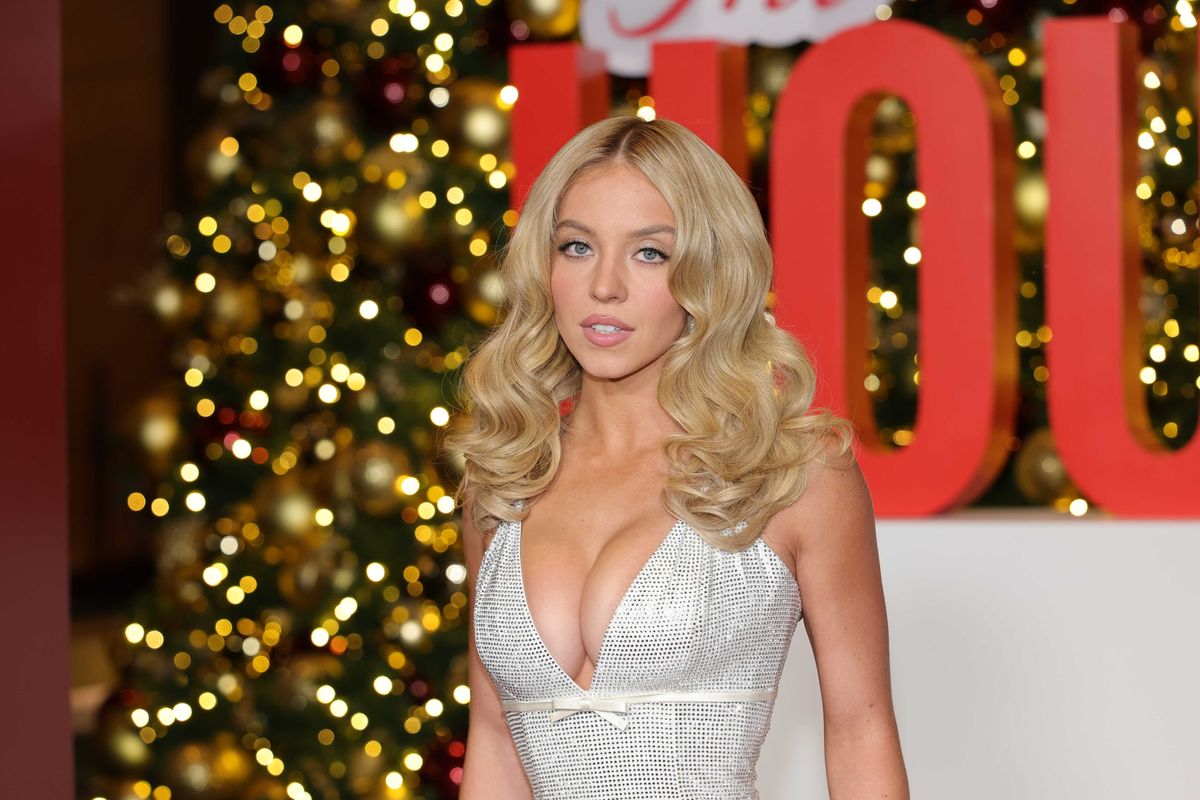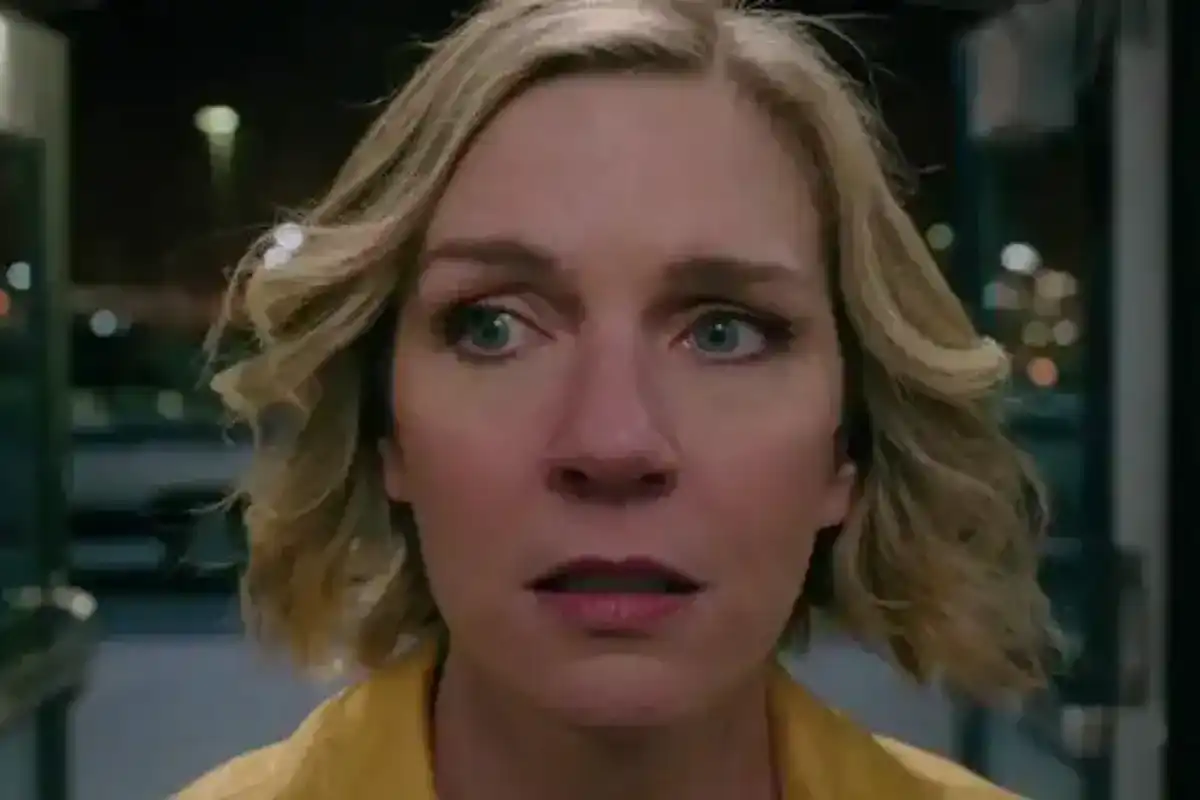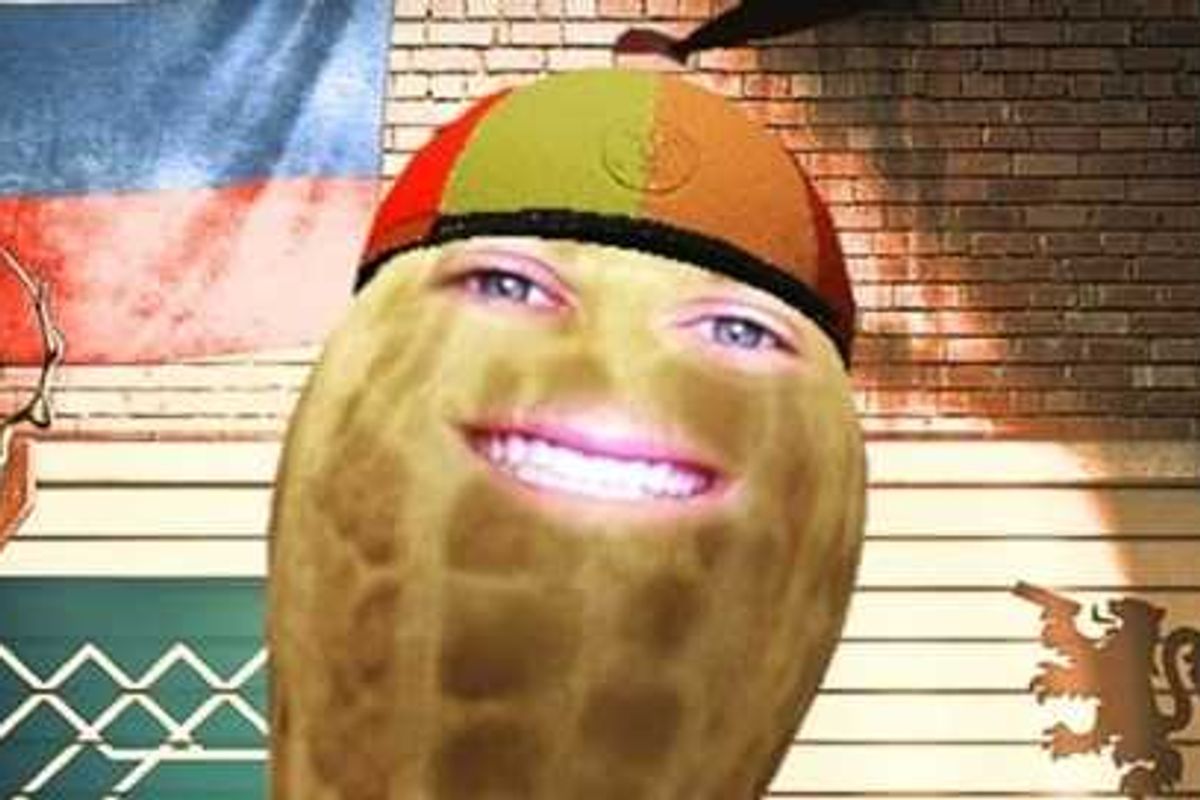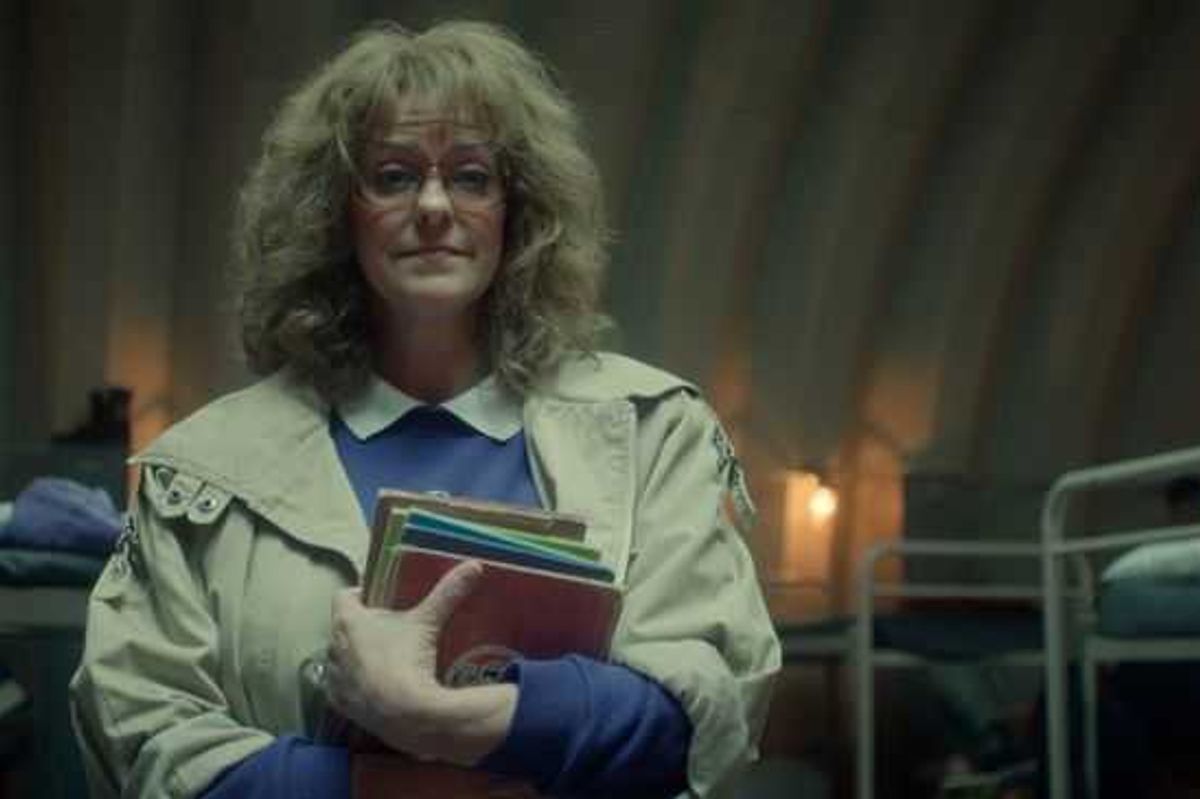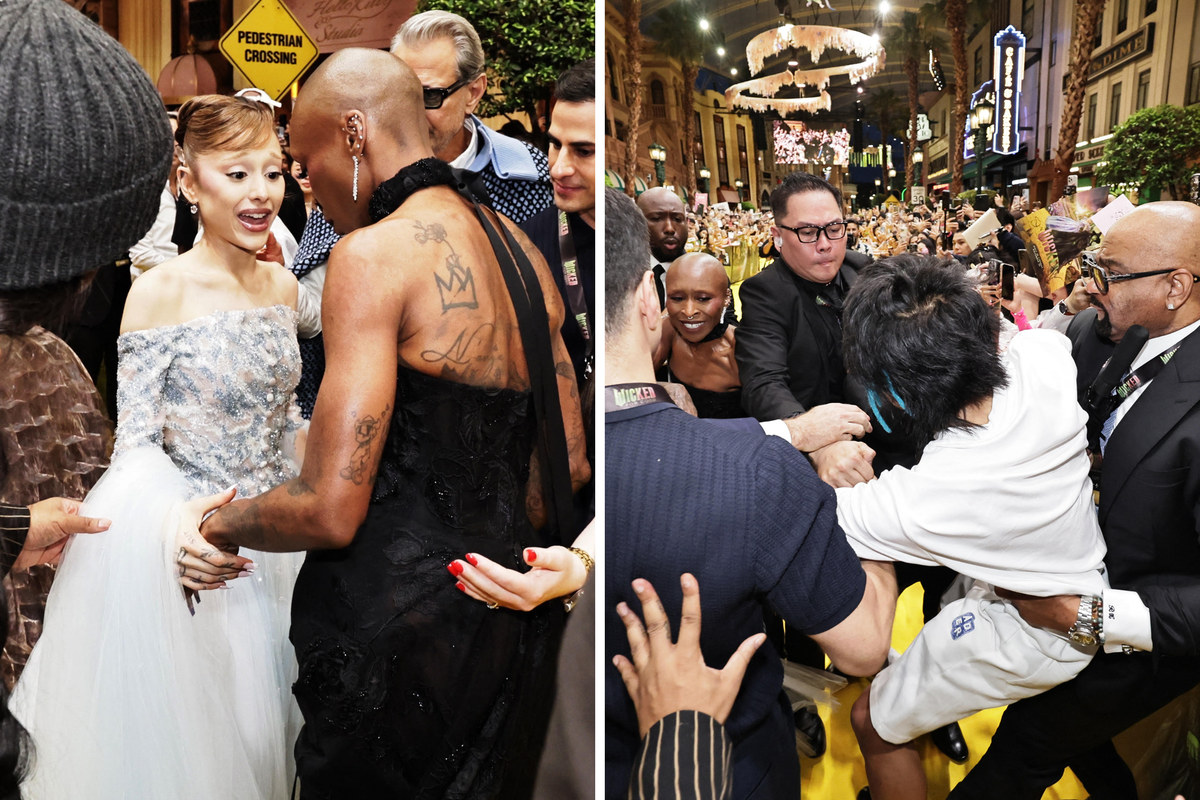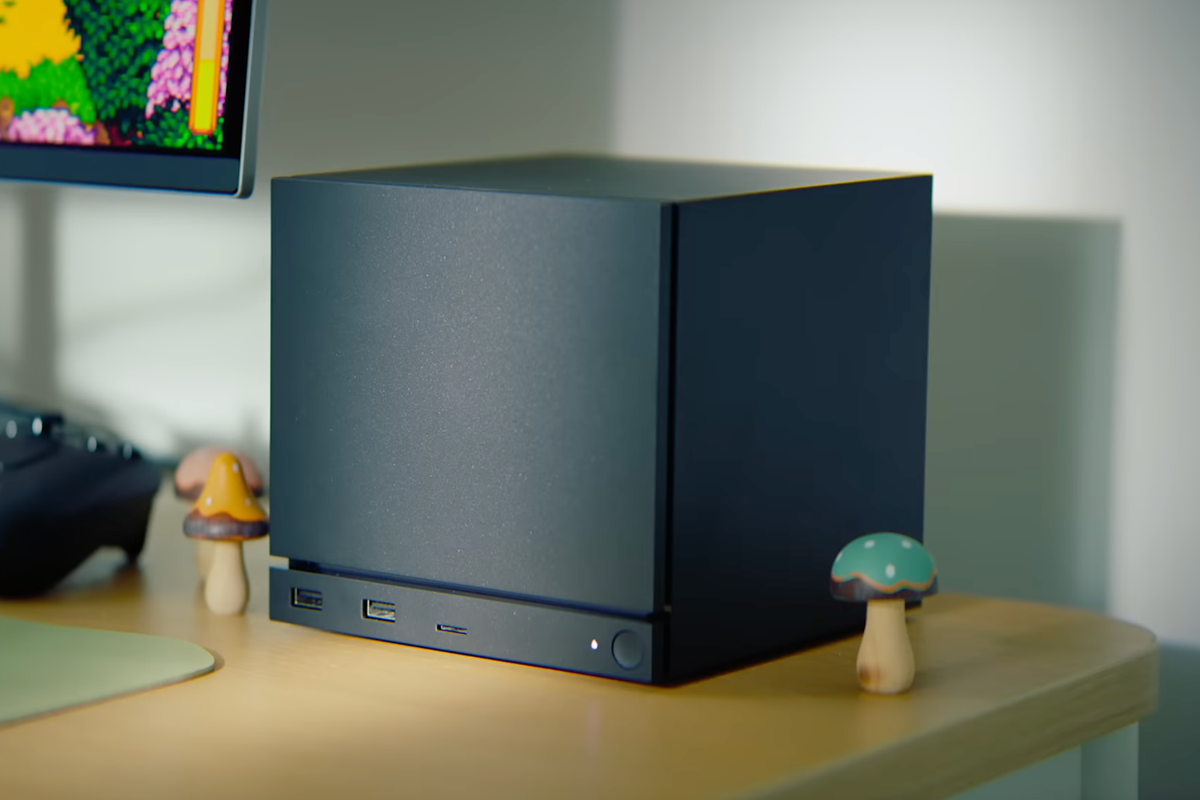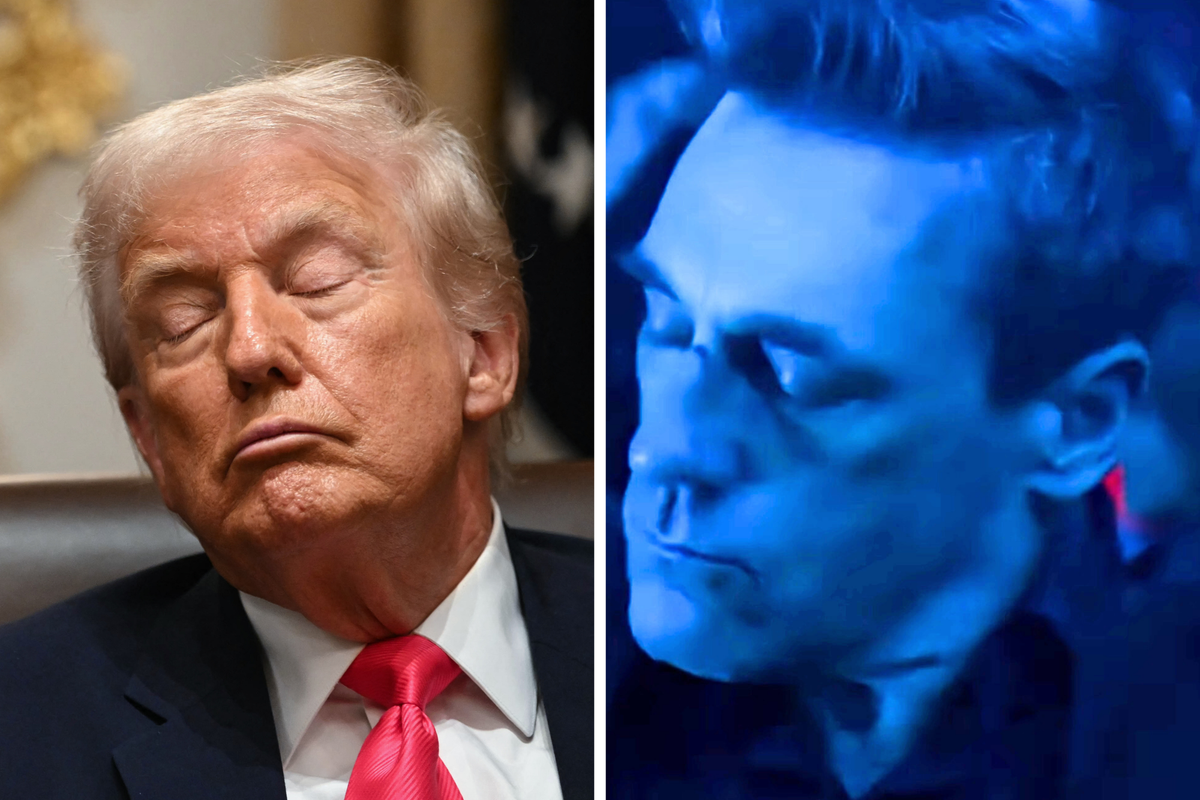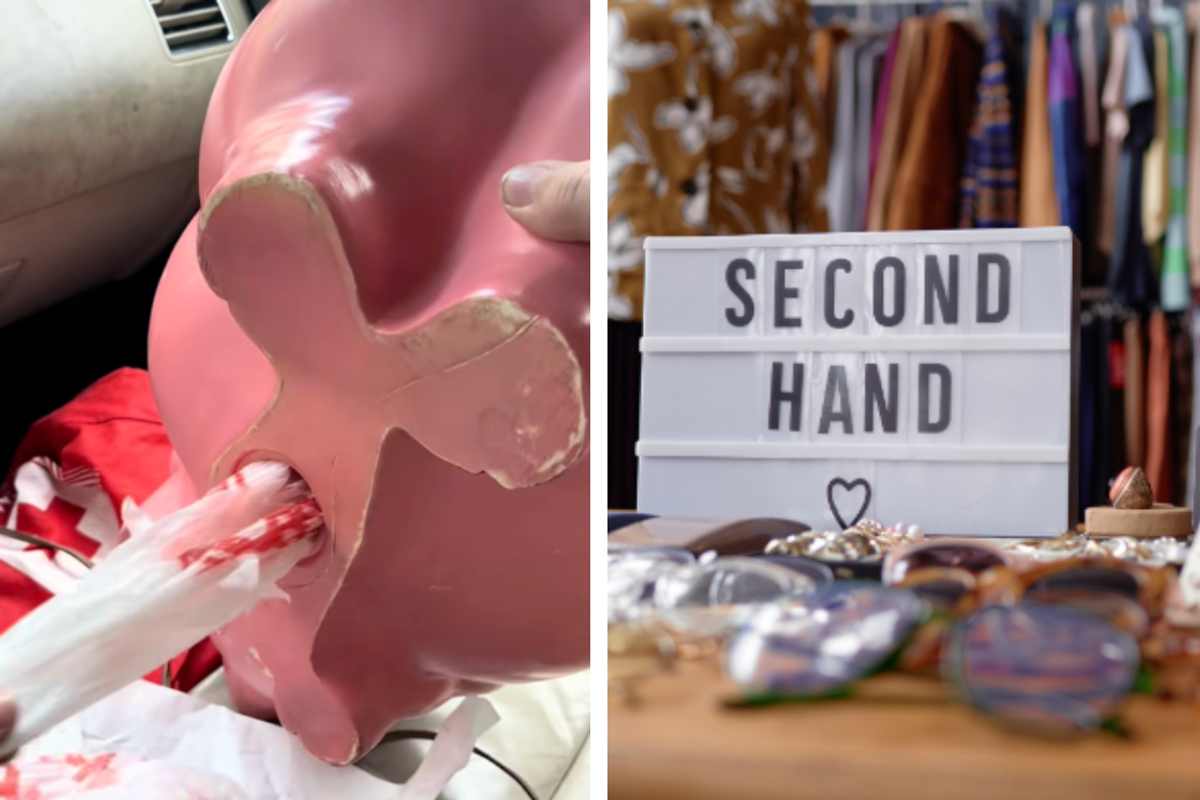We've lived through an era of overconsumption, so now everyone is finally turning their attention to sustainability and appreciating a 'less is more' approach to life, there's little wonder that we're turning to capsule wardrobes to capture our style more intimately.
Where fast fashion once took centre stage, quality basics with more longevity have become the crème de la crème, and frankly, we're choosing more carefully about what we wear.
It's thought that in 2024, people spent £1,260 per person on clothing - that could explain the re-birth of colour analysis, a trend that boomed in the 1990s, and is now favourable among the younger generation trying to find their perfect, personalised palette, that can streamline their shopping habits, and often, change your appearance entirely.
Sure, shades of butter yellow and hues of lavender come and go through the seasons; but have we ever considered if they actually suit us, or are secretly just washing us out?
@bretmanrock Let’s get my color analysis in Korea !!!
If we could spend time actually sifting out the pieces that compliment us from (literally) every angle rather than mindlessly scrolling through shopping apps, experts say we could be saving ourselves thousands on items that were never really made for us.
"Identifying your colour palette isn’t always easy. With so many shades and tones to choose from, it can feel overwhelming to figure out where to start, especially when trends, personal preferences, and practical wardrobe choices all come into play", says Philippa Brooks, fashion buyer at Chums.
The concept is simple: an appointment with a colour expert takes key elements of your appearance, from skin complexion, to depth, the specifics of your hair colour, and features, to narrow down your general colour wheel.
This uses the Munsell colour theory – a system that breaks colour into three key dimensions: hue (warm or cool), value (light or dark), and chroma (muted or bright).
If you're a True Winter, you're likely to be paired with scarlet, bright white and true black. These colours all play at the extremes of light, dark, and bright, and work for someone who has high contrast in their appearance, such as fair skin and dark hair.
A Bright Winter is in the same remit as True Winter, but hones in on the most electrifying versions of these shades; perfect for those with blonde hair and blue eyes.
@indiaamoon such a fun experience 💓 #colouranalysis #colourseasons #dayinthelifevlog #paleskin
Unsurprisingly, a Warm Spring is exactly what it sounds: someone who has warmth through their features, such as auburn hair, and their eye colour is often green, turquoise-blue, or light hazel. Their colours are typical of spring; shades of daffodil, papaya, and aquamarine.
A Cotton Ball Summer has lightness throughout their hair, skin, and eye colour, and would best suit pastel tones; while a Soft Autumn is complimented by tones of sage and eucalyptus.
Once you've narrowed it down, like you may have seen on TikTok, the colour expert will then test every shade of fabric in that realm against your skin to find out what within your palette truly works for you - which could be as many as 70-80 tones that instantly look effortless.
"Some colours can non-verbally influence or communicate emotions. Understanding this silent language enables you to shape perceptions and influence how others engage with you intentionally", says Philippa.
What's more, even if you don't have access to a colour expert, AI can take the leg work out of your colour journey, with ChatGPT prompts readily available, online consultations, or even website quizzes to give you a more basic understanding of where you might sit.
Unless you're planning any drastic post-breakup-hair transformations or are prone to a coloured contact lens, your palette is likely something you can stick with for years to come too - so you're never too far from a good outfit. Sold.
Why not read...
Researchers are worried Botox is changing key human behaviour - and there's science behind it
Sign up to our free Indy100 weekly newsletter
